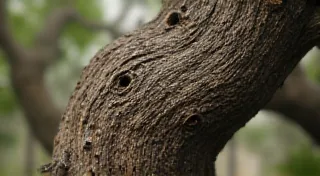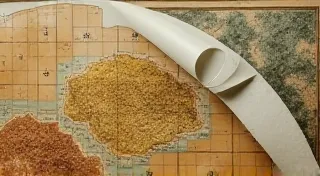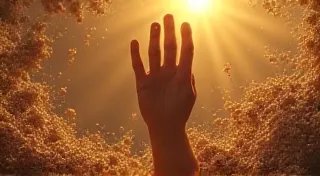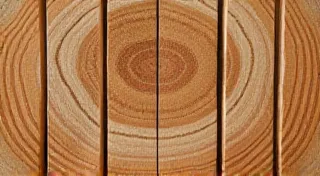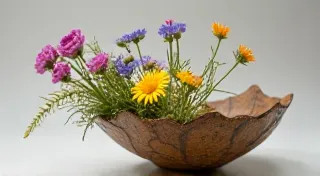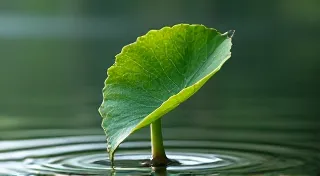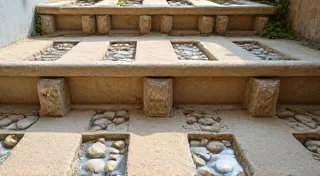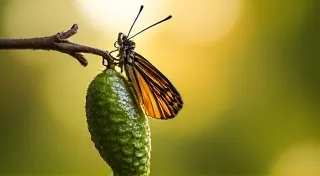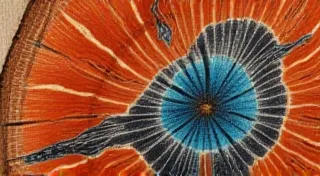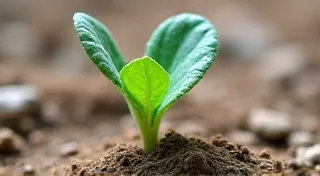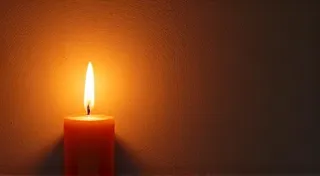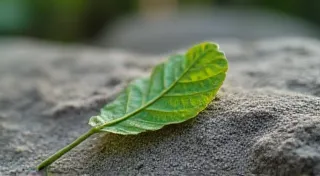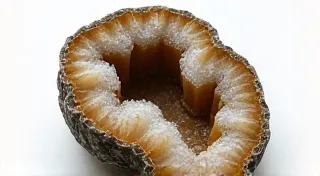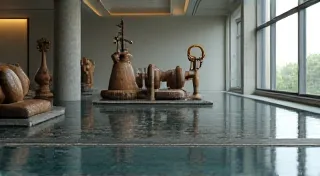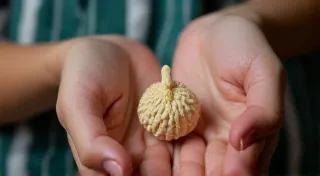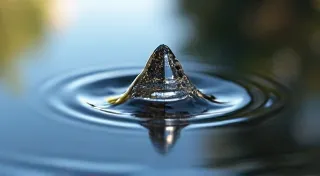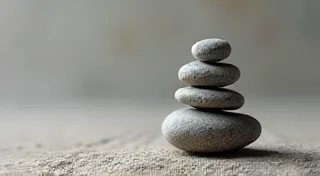The History of Penknife Whittling: A Journey Through Wood and Tradition
Welcome to a deep dive into the captivating world of penknife whittling! More than just a craft, it's a connection to history, nature, and the quiet rhythm of creation. From humble beginnings as a folk art practice to its contemporary resurgence, the simple act of shaping wood with a pocketknife holds a profound beauty and enduring appeal. This website is dedicated to exploring the rich tapestry of this tradition, offering insights into wood carving with penknives, the philosophies that inform it, and the skills that transform a simple block of wood into a work of art. We’ve compiled resources and explorations into both traditional carving methods and modern applications of this unique art form, celebrating the evolution of wood carving techniques.
For generations, the humble penknife has served as a tool for ingenuity and expression. Imagine a time when resources were limited, and creativity bloomed from necessity. That's the essence of folk art carving. Penknife whittling was born from this necessity, a readily available tool allowing for the creation of toys, tools, and decorative objects. It was a skill passed down through families, each generation adding their unique mark on the evolving tradition. But the true heart of penknife whittling lies in something deeper than just the final product; it’s about the mindful connection with the material itself, finding the story already latent within the grain.
Understanding the Tools and Traditions: Mastering Wood Carving Techniques
The penknife is a deceptively simple tool, yet its versatility is astonishing. But before you even touch the wood, it’s crucial to understand the tool itself. Our page, Whispers of the Edge: Sharpening, Maintenance, and the Carving Life, details the intricacies of knife care and maintenance. A sharp knife is not only safer but also allows for greater control and finesse in your wood carving. The connection between the carver and the blade is a sacred one, demanding respect and diligent upkeep. Mastering these basics is key to understanding the fundamental wood carving techniques employed in this craft.
Historically, the types of wood chosen for whittling were often dictated by what was readily available – often branches fallen from trees or discarded scraps from larger woodworking projects. This led to a deep understanding of different wood types and their unique characteristics, influencing the traditional carving methods used. Learn to recognize the subtle nuances and appreciate the individual personality of each piece with The Resonance of Grain: Identifying Wood Types for Character. Understanding the wood types you're working with will dramatically impact your carving process, from ease of cutting to the final color and grain pattern.
Beyond the Technique: A Philosophy of Creation
Penknife whittling is not merely about mastering techniques; it’s also about cultivating a mindset. The mindful act of carving can be incredibly meditative. As you guide the blade, you're not just shaping wood; you's shaping your thoughts, finding a space for calm and focused intention. Consider the The Rhythm of Release: Carving as a Meditative Practice. The slow, deliberate movements allow for a profound sense of presence, a connection to the present moment.
The beauty of whittling lies in its ability to reveal the form that already exists within the wood. This concept of "unearthing" is a core principle in the art. The blade becomes a tool for discovery, helping you to reveal the hidden sculpture. Explore this concept further in Unearthing the Form: Discovering Sculpture Through Subtraction. It’s about embracing the natural curves and contours, working *with* the grain rather than against it. These methods are part of a lineage of traditional carving methods passed down through generations. It’s a lesson in patience, observation, and respecting the inherent qualities of the wood.
Embracing Imperfection and Finding Narrative
Perfection is an illusion. The most compelling pieces of penknife whittling often bear the marks of the hand—a slight asymmetry, a weathered edge, a knot that’s been incorporated into the design. These are not flaws but testaments to the unique character of the piece, informed by the traditional carving methods which emphasize embracing the wood’s natural features. A Line of Absence: Mastering Negative Space in Penknife Carving provides insights and techniques for harnessing the power of subtraction. Understanding how to shape what *isn't* there is as important as shaping what is.
The Evolution of Wood Carving Techniques
While many traditional carving methods remain invaluable, contemporary carvers often experiment with innovative approaches and tools, expanding the possibilities of penknife whittling. This evolution in wood carving techniques demonstrates the ongoing vitality of the craft.
Legacy and Innovation: Preserving and Expanding the Craft
The continuous refinement of wood carving techniques ensures that the craft remains relevant and accessible to new generations.
Finding Release and Meaning Through the Blade
The process of carving can be deeply therapeutic, a way to release stress and find solace in the simple act of creation. For some, it's a pathway to mindfulness, a way to connect with nature and find meaning in the present moment. Explore the concept of The Geometry of Letting Go: Whittling as a Pathway to Release. There’s a profound sense of satisfaction in transforming a raw piece of wood into something beautiful and meaningful.
Embracing Transformation and Rebirth
Just as a tree sheds its leaves to make way for new growth, the process of carving involves a constant cycle of creation and destruction. Wood is removed to reveal form, but the discarded material is not truly lost. It becomes part of the cycle of renewal, nourishing the earth and supporting new life. Discover this cycle detailed in The Scar and the Seed: Rebirth Through the Carving Blade.
Legacy and Innovation: Preserving and Expanding the Craft
The continuous refinement of wood carving techniques ensures that the craft remains relevant and accessible to new generations.
Discovering Traditional Methods and Modern Applications
From time-honored practices to contemporary innovations, this website aims to provide comprehensive resources for all levels of penknife whittling enthusiasts.
We invite you to explore the pages of this website and delve deeper into the captivating world of penknife whittling. May your hands find skill, your heart find peace, and your creations bring joy.
